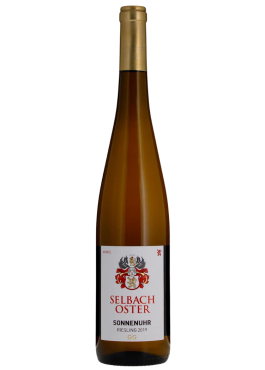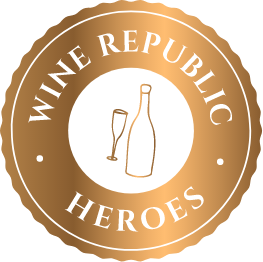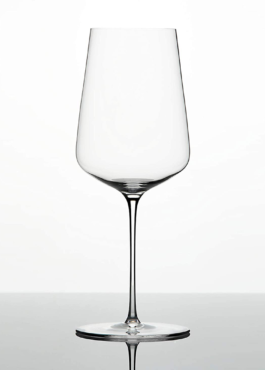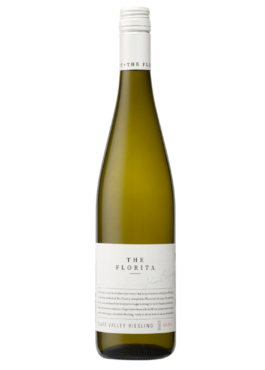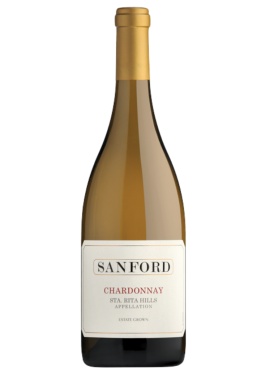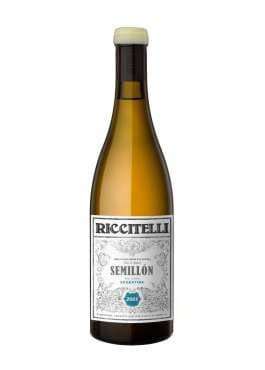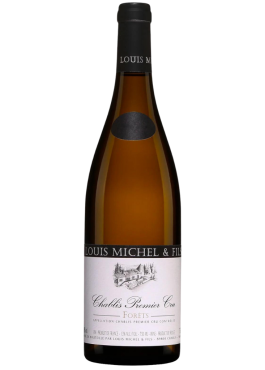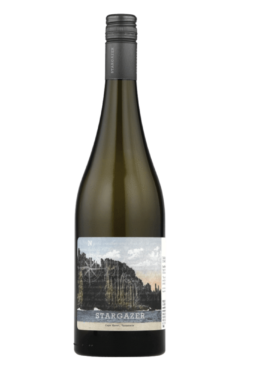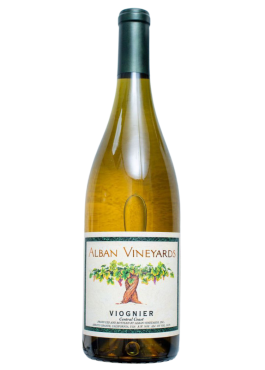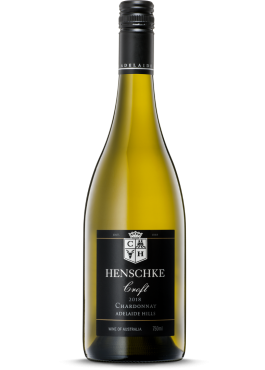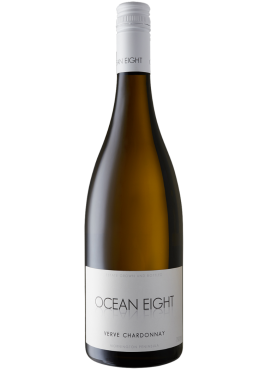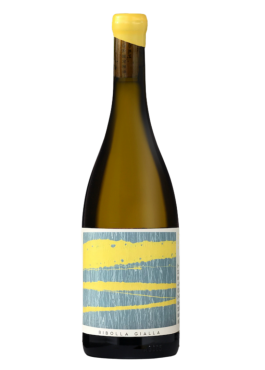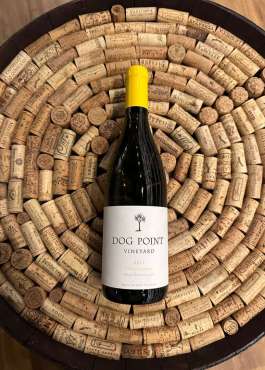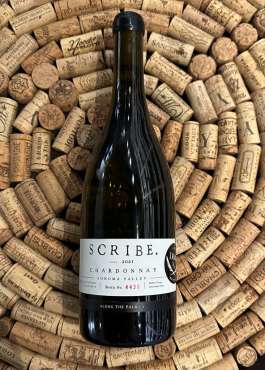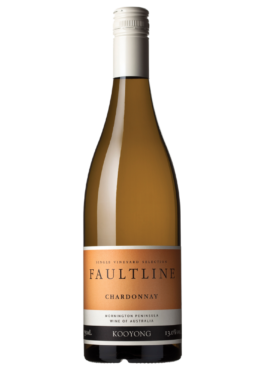With a rich history that traces it back to the 17th century, Selbach-Oster is a family-owned wine estate based in the Mosel Valley. They produce a full range of Rieslings, from bone-dry expressions to sweet styles. This release from the 2019 vintage is made with grapes grown in one single vineyard, Zeltinger Sonnenuhr.
This 2019 opens with a haunting nose of floral notes, herbs, slate spice, minerality and a hint of honey and apricot. On the palate, there is a lot of texture, gripping, feisty extract and enormous density, integrated acidity, mineral and long
The GG in the title of the wine stands for Großes Gewächs and is a mark of quality. A wine from one of the best producers and from one of the best vineyard sites making dry wines.
